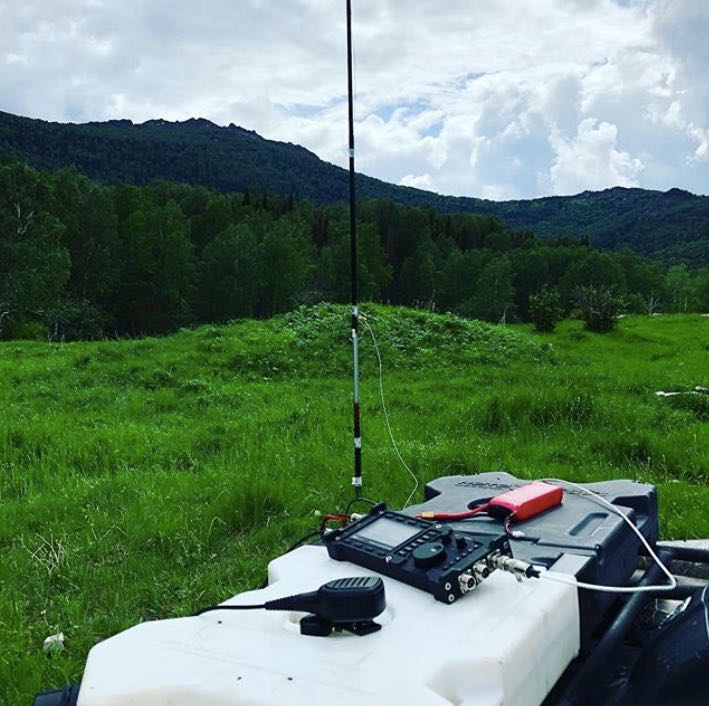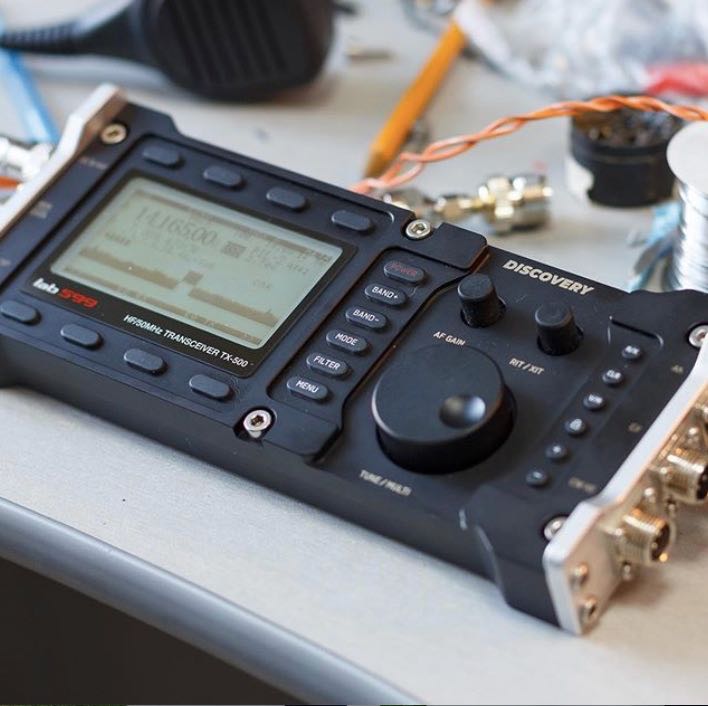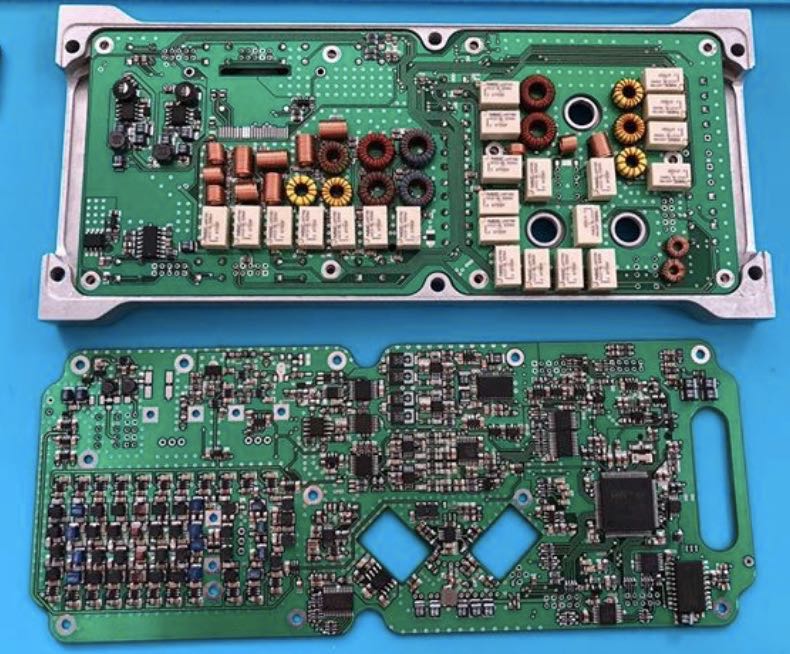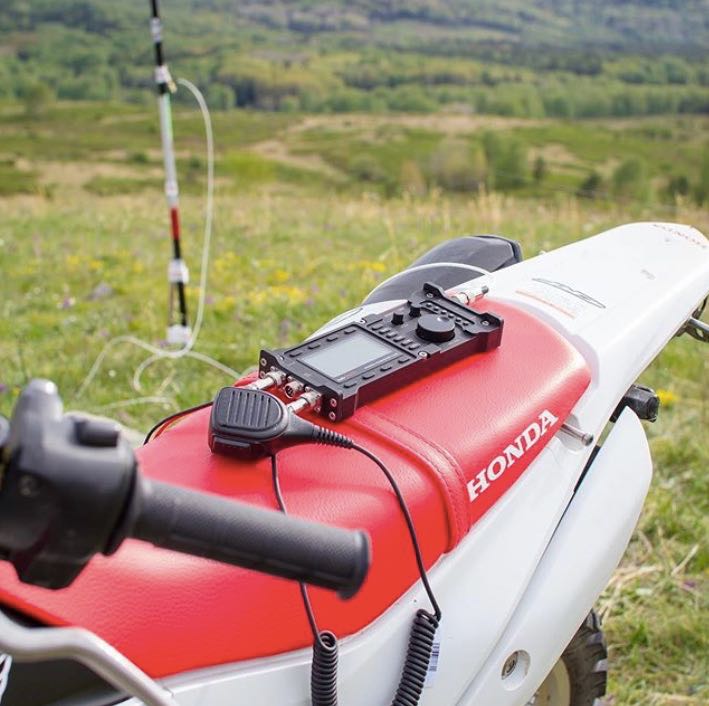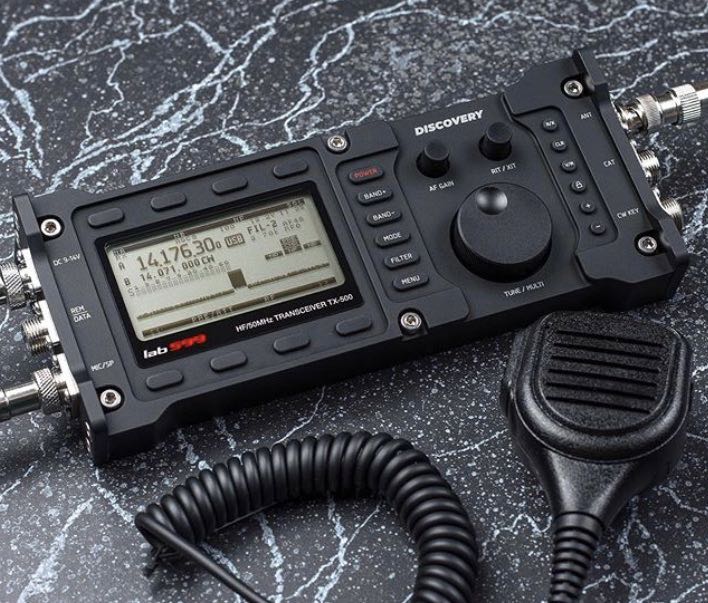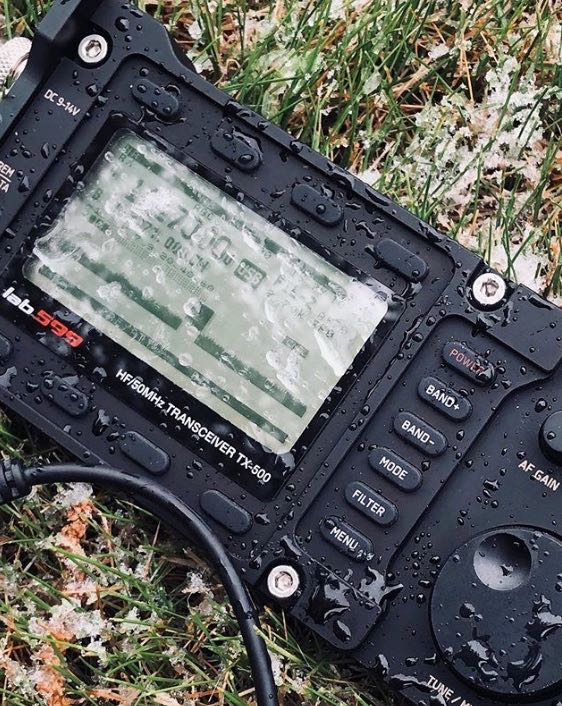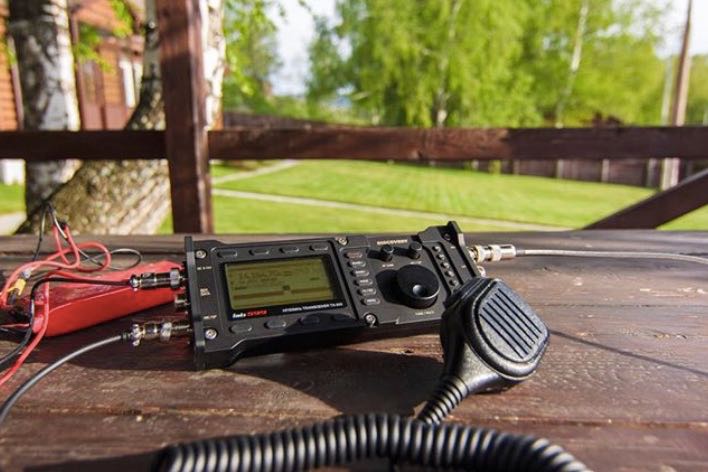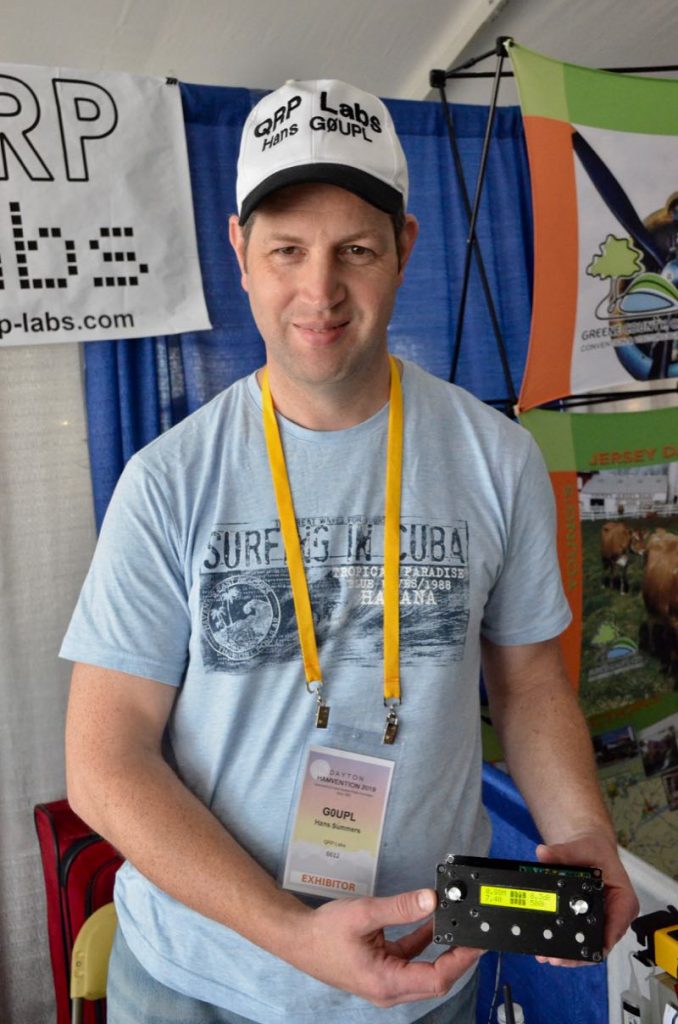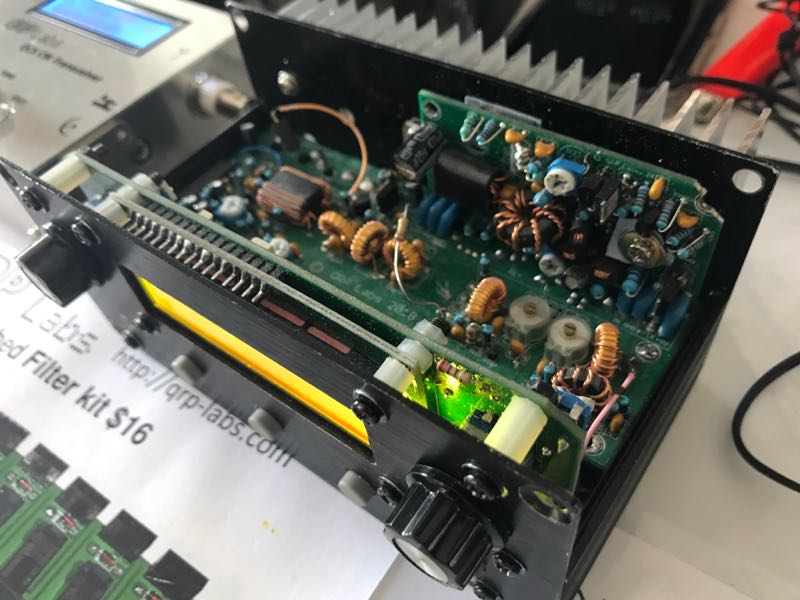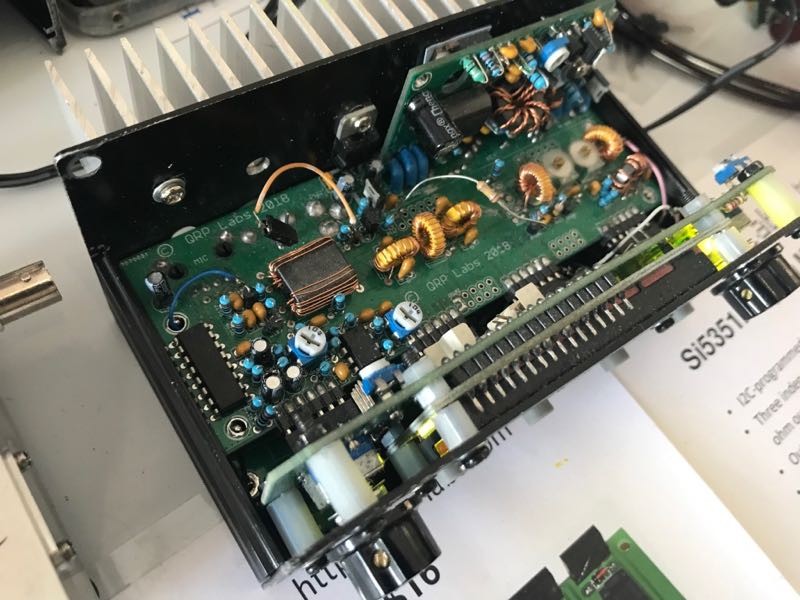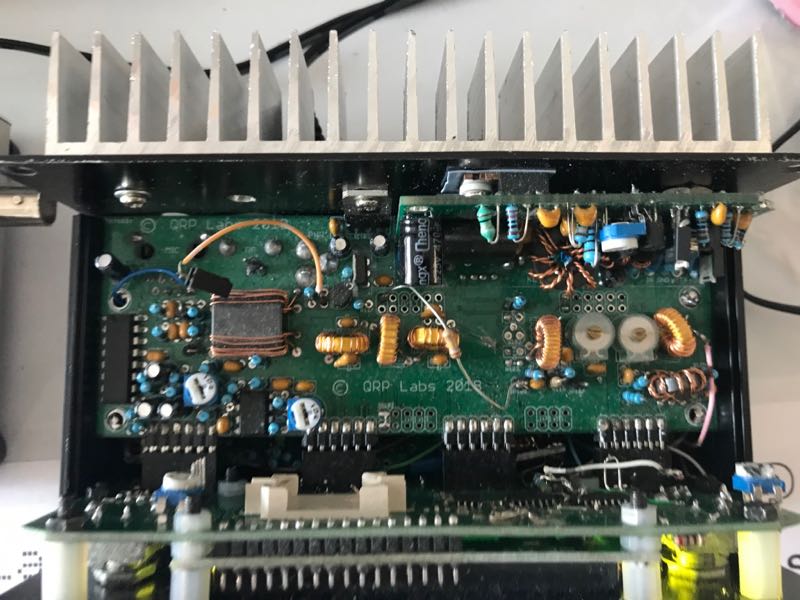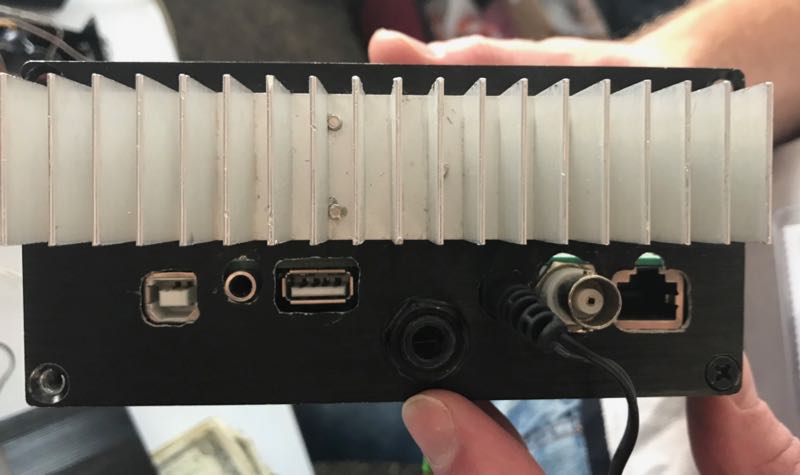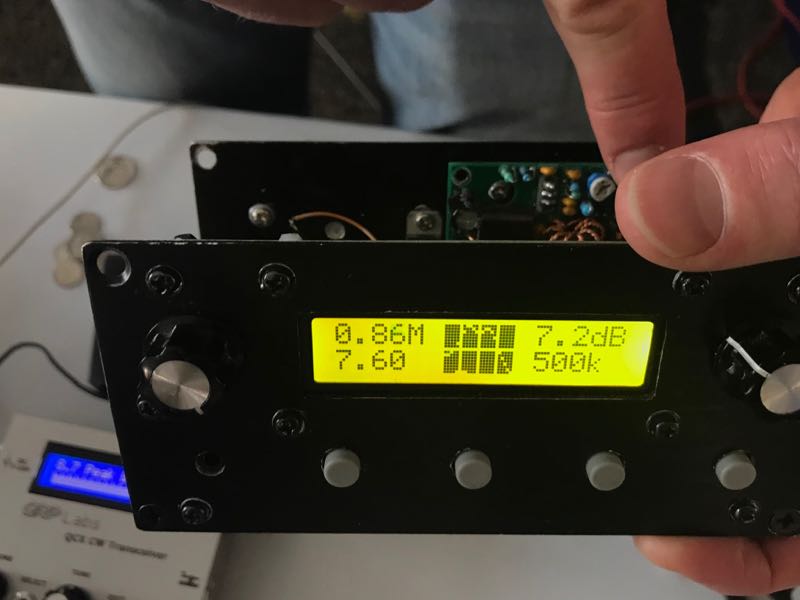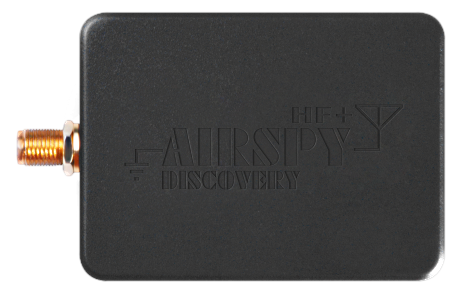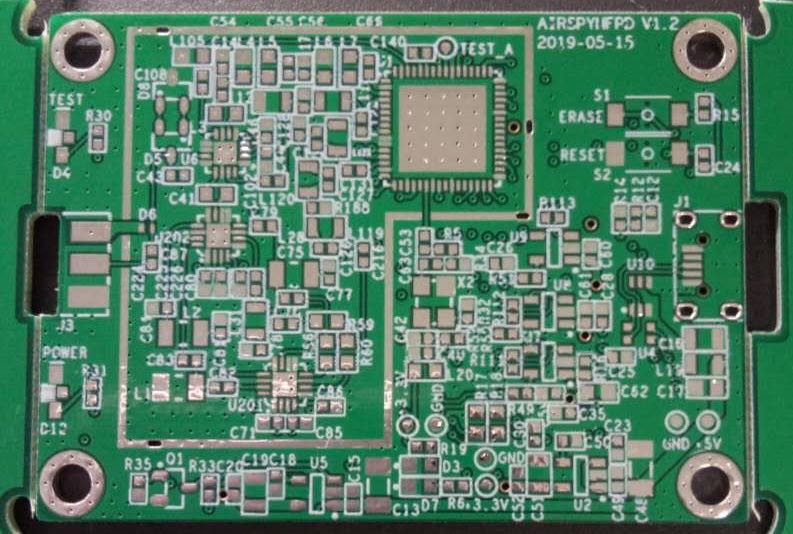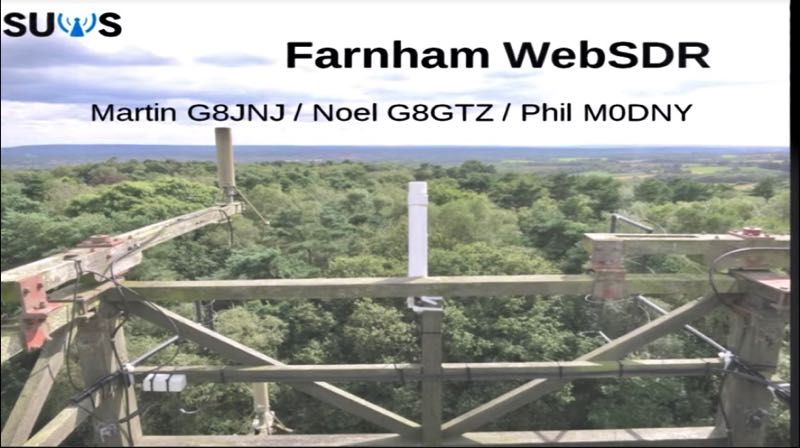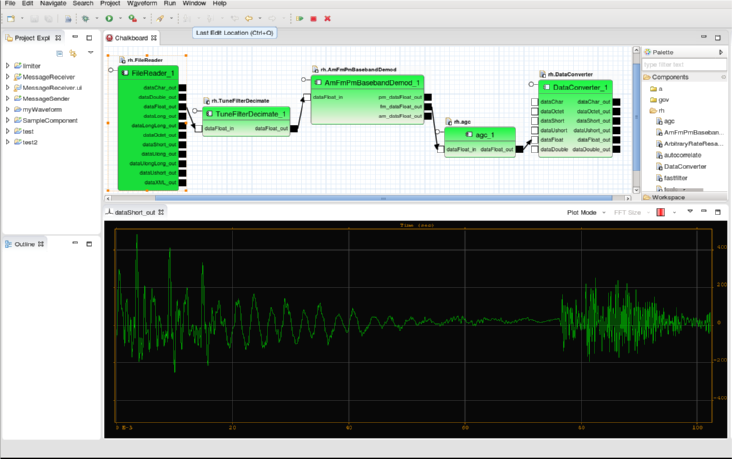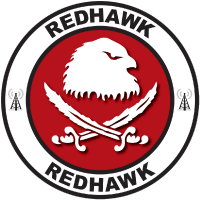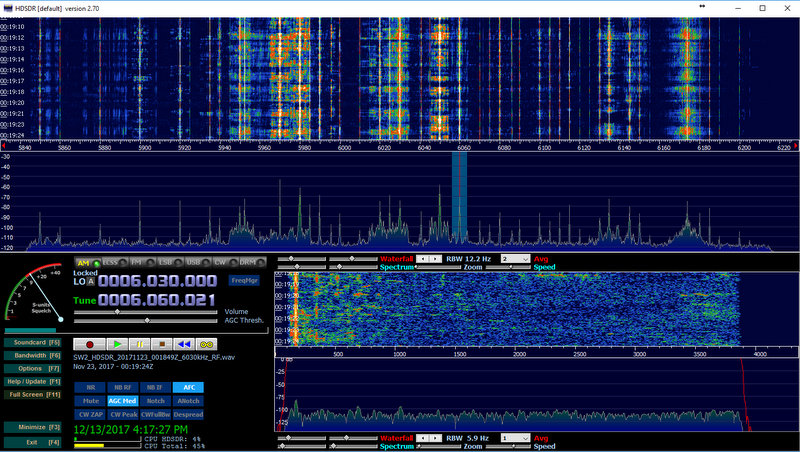Many thanks to SWLing Post contributor, Vlad, who shares some images and a video of a new QRP transceiver in development: the Discovery TX-500 by a company called lab599.
Specifications have not been published yet, but we have confirmed a few details from the manufacturer:
- 10 watts PEP
- HF plus 6 meters
- Weight 570 grams (1.25 pounds)
- Voltage 9 – 14 VDC
- 105 milliamps at 13.8 VDC and with backlit display on
- CAT control via USB and using Kenwood codes
- I/Q outputs
- Weatherized
- Expected availability autumn 2019
- Target retail price is $700 US
- Product website is forthcoming
All of the following images came from the Discovery TX-500 gallery on Instagram:
Here are a few videos:
Click here to view on Instagram.
Click here to view on Instagram.
Click here to view on Instagram.
For someone, like me, who loves playing radio in the field (Parks On The Air and Summits On The Air) this looks like an ideal rig. It’s one of the only ham radio transceivers I’ve seen that is weatherized to some degree (how much, we don’t know yet).
I don’t see a speaker on the TX-500, so I’m guessing it might require a mic/speaker combo or an external speaker of some sort? I also don’t see a built-in ATU, but at $700, I certainly wouldn’t expect one.
With a power consumption of 110 milliamps at 13.8 VDC, this little transceiver should run for ages on a modest battery pack.
This is certainly a fascinating prototype QRP transceiver. If the Discovery TX-500 transceiver can be produced and marketed at $700 with all of the features mentioned so far, it should certainly fly off the shelves. They can certainly take my money!
Of course, I will plan to grab one of these for review. I’m also eager to see how this little SDR transceiver might perform on the broadcast bands.
We will post post TX-500 updates and details as they become available. Bookmark the tag Discovery TX-500 and stay tuned!
Do you enjoy the SWLing Post?
Please consider supporting us via Patreon or our Coffee Fund!
Your support makes articles like this one possible. Thank you!


